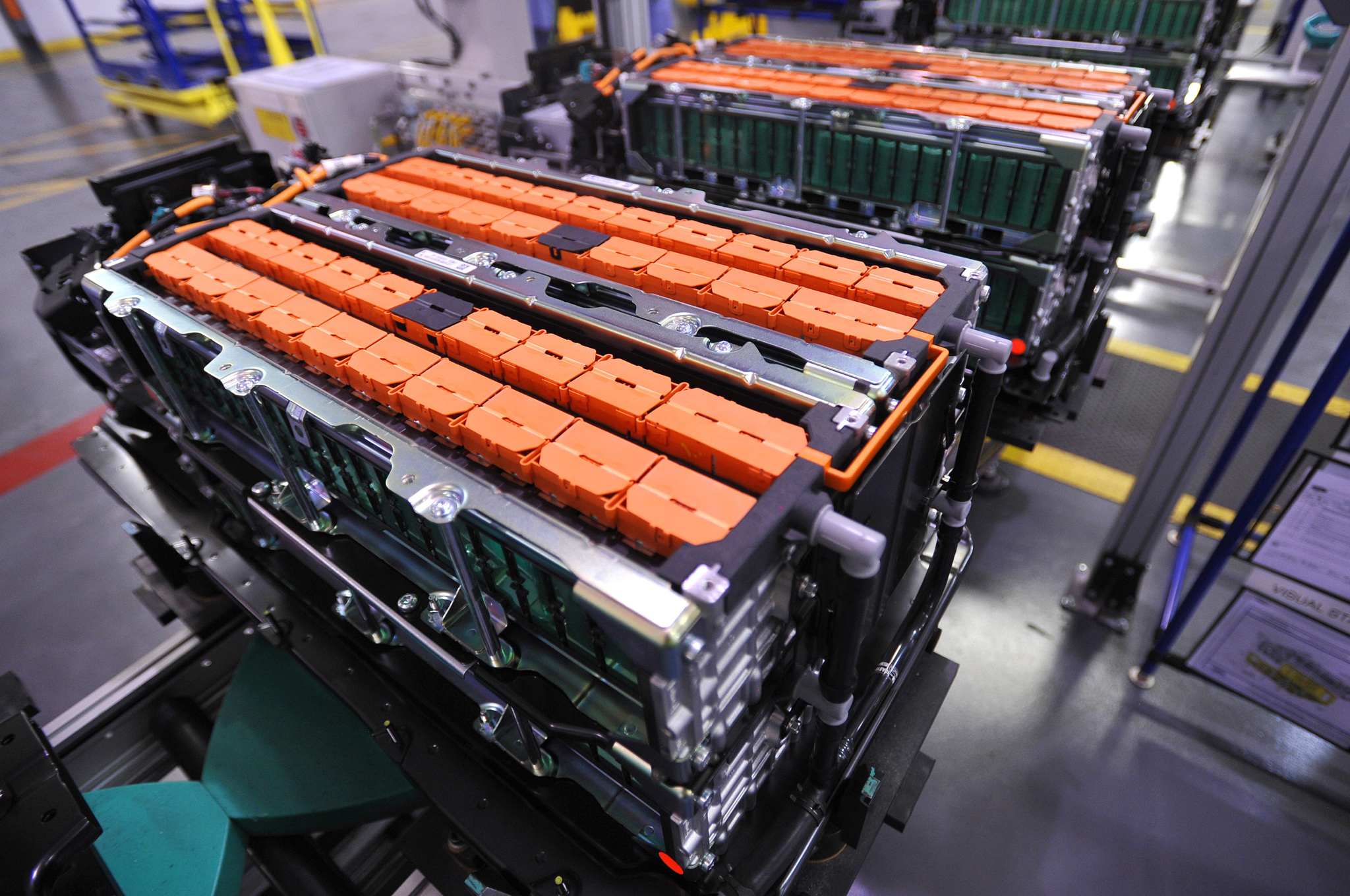
Our lives were revolutionized in 1991 when Sony introduced lithium-ion batteries in its camcorder. The battery’s technology was recognized as the next-generation power source to efficiently operate various devices self-sufficiently, and that promise wasn’t bogus. Now, lithium-ion batteries power almost all electronics devices – smartphones, medical implants, electric cars, drones, etc. However, lithium-ion battery technology has suffered very small development since introduced. It has failed to make a big leap and fully displace fossil-fired cars or become affordable enough to power homes, despite years of efforts to improve the technology.
The lithium-ion is basically a power unit built using two electrodes: cathode and anode which receives and releases changed atoms (ions) when the battery is being charged and discharged.
Improving the capacity of lithium-ion batteries
Boosting the capacity of lithium-ion batteries is quite simple to achieve theoretically: increase the number of lithium ions that can be retained by either electrode. The most common improvement model that has been used by manufacturers is the doping of cathodes using a combination of nickel, cobalt, and magnesium. The result which is a combined crystal structure was a success – it allows an easier shuttle of the ions between the anode and cathode, with the anodes basically forged with a single material: graphite.
Sila Nanotechnologies are boosting lithium-ion battery technology by 40%
Having found that a silicon-based anode can store charged ions 25 times more than anode electrode made from graphite through studies, numerous companies, including Angstrom, Enevate, Pellion, Enovix, and Sila joined the race to deliver the quality that has long been missing. But all efforts to achieve something more powerful are yet to be successful. Silicon anodes are ripped apart when it receives many charged ions, causing the battery to stop working, while metals rich in energy such as magnesium and lithium are very reactive and susceptible to explosion. Sila has last week claimed it now has the technology to increase lithium-ion battery capacity by up to 40%. While this is a little bit more than expectations from silicon, it means that Sila lithium-ion battery can drive an additional 80 miles for every 200 miles drive range by Tesla.
Sila Nanotechnologies are solving the challenge by simply using relatively empty nanoparticles in packing silicon atoms. This allows the charged ions to fill up the empty spaces when the silicon anode is charged and not to push the atoms apart. The charging design hence allows the structure to remain intact and not swell or shatter.
Tesla’s newest lithium-ion battery technology is its new 21700 lithium-ion battery for the Model S. The battery, introduced by the electric car maker last year is alleged to have gained a 15 percent efficiency boost, which is relatively 5% more than the average lithium-ion battery technology improvements and 25% smaller compared to Sila’s upcoming silicon anode batteries.
However, Startup Pellion is using an entirely different method to boost the capacity of the lithium-ion battery. The company’s battery is designed to achieve a 100% efficiency increase compared to the usual 10% improvements the battery technology attains. Pellion alleged it was able to double lithium-ion battery technology by building a rechargeable lithium- metal battery. This could mean that for every 280 miles covered using Sila silicon anode batteries, Pellion’s lithium-metal batteries would deliver 400 miles.
